Central America
IFRC warns of growing health barriers for migrants in the Americas
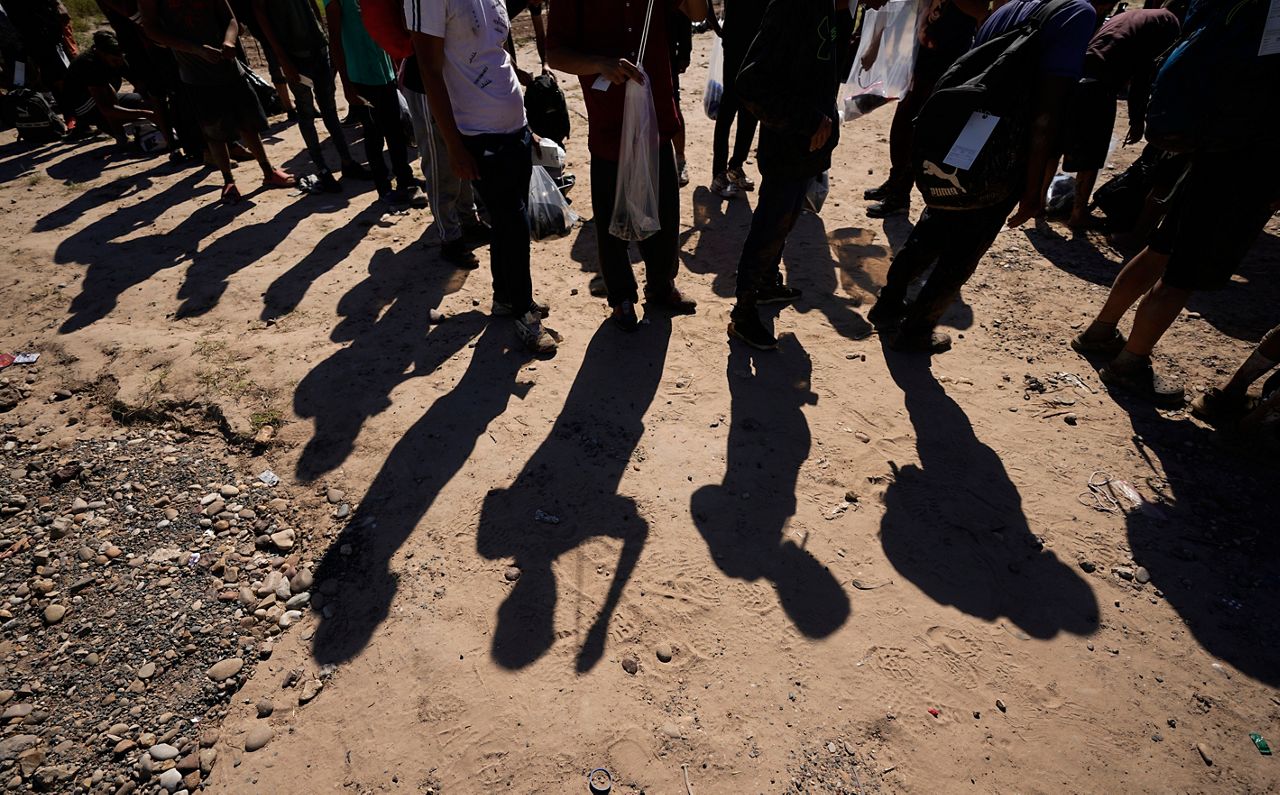
The International Federation of Red Cross and Red Crescent Societies (IFRC) issued a warning on Tuesday about the urgent health needs faced by migrants in the Americas, who “must overcome increasing barriers” and suffer from a “lack of comprehensive healthcare” in both transit and destination countries.
“The insufficiency of healthcare services and the barriers to access are putting lives at risk, exacerbating health inequalities, and putting immense pressure on already fragile national health systems,” the IFRC stated in a release marking the publication of the report Migration and Health in the Americas: Needs and Services Assessment.
The report, which compiles data from 2021 to 2023, indicates that in the case of migrants in transit, “between 60% and 70% require healthcare, with general medical services being the most needed,” while in destination countries, “up to 74% require healthcare services, such as maternal and pediatric care, treatment for chronic diseases, mental health services, and specialized care.”
Pedro Porriño, IFRC’s Emergency Health Coordinator for the Americas, emphasized that “access to healthcare is a fundamental human right, and the barriers migrants face—whether due to their irregular status, lack of documentation, or fear of deportation—must be dismantled.”
“It is essential to provide comprehensive healthcare that addresses their needs, from basic medical care to specialized treatments for chronic conditions, mental health support, and services for people with disabilities,” Porriño added.
The IFRC highlighted that in Panama, a country that experiences a steady flow of migrants crossing the dangerous Darién jungle, the Red Cross has provided nearly 750,000 services over the past six years, mostly to migrants needing first aid, general medicine, mental health support, access to clean water, vaccinations, and sexual and reproductive health care.
“Addressing the health needs of migrants should be a priority, and recognizing the role of local Red Cross teams in providing assistance, protection, and dignity is an opportunity for governments and donors to ensure migrants’ right to health,” said Martha Keays, IFRC Regional Director for the Americas.
Central America
Honduras Extends Voting by One Hour Amid High Turnout, CNE Announces
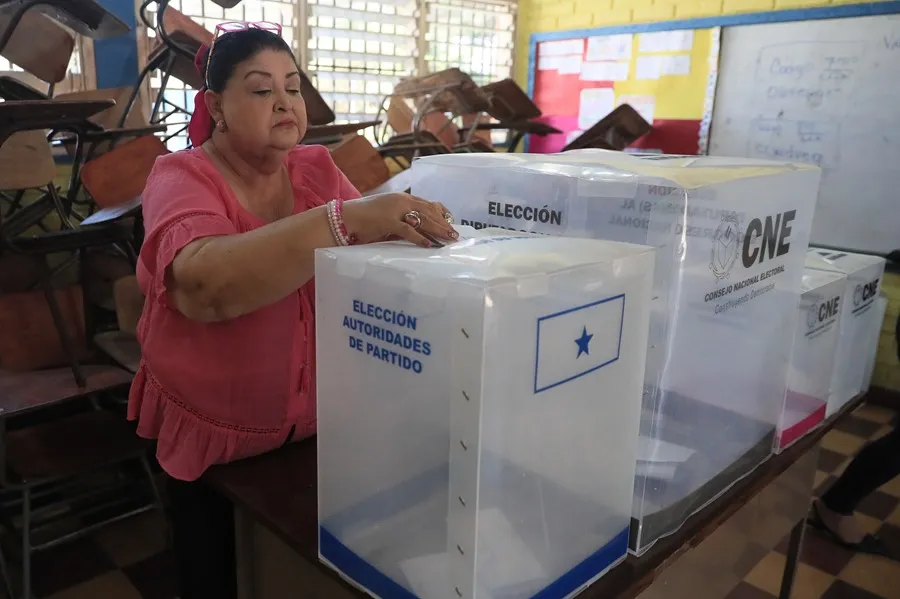
The National Electoral Council (CNE) announced that polling stations will remain open an extra hour due to the high voter turnout in Honduras’ general elections this Sunday.
These elections—the twelfth since the country returned to constitutional order in 1980 after nearly two decades of military governments—will now run until 6:00 p.m. local time (00:00 GMT), the CNE said in a statement.
The extension may only be applied for the additional hour established in the Electoral Law, and polling stations may close only after the last voter already in line at closing time has cast their ballot, ensuring that all those waiting are able to participate, the CNE added.
More than six million of Honduras’ ten million inhabitants were called to the polls to elect the successor to leftist President Xiomara Castro, as well as 298 municipal mayors, 128 members of the national Congress, and 20 representatives to the Central American Parliament.
The presidential race features Rixi Moncada, candidate of the ruling Liberty and Refoundation Party (Libre); Nasry Asfura of the National Party, the main opposition force—publicly endorsed by U.S. President Donald Trump—and Salvador Nasralla of the Liberal Party, also running from the opposition.
Before the extension was announced, the CNE had indicated it would release its first preliminary report around 9:00 p.m. local time (03:00 GMT) and a second one at 11:00 p.m. (05:00 GMT). Final results must be published within 30 days following the election.
Central America
Honduras’ China–Taiwan Future Hinges on Sunday’s Presidential Election
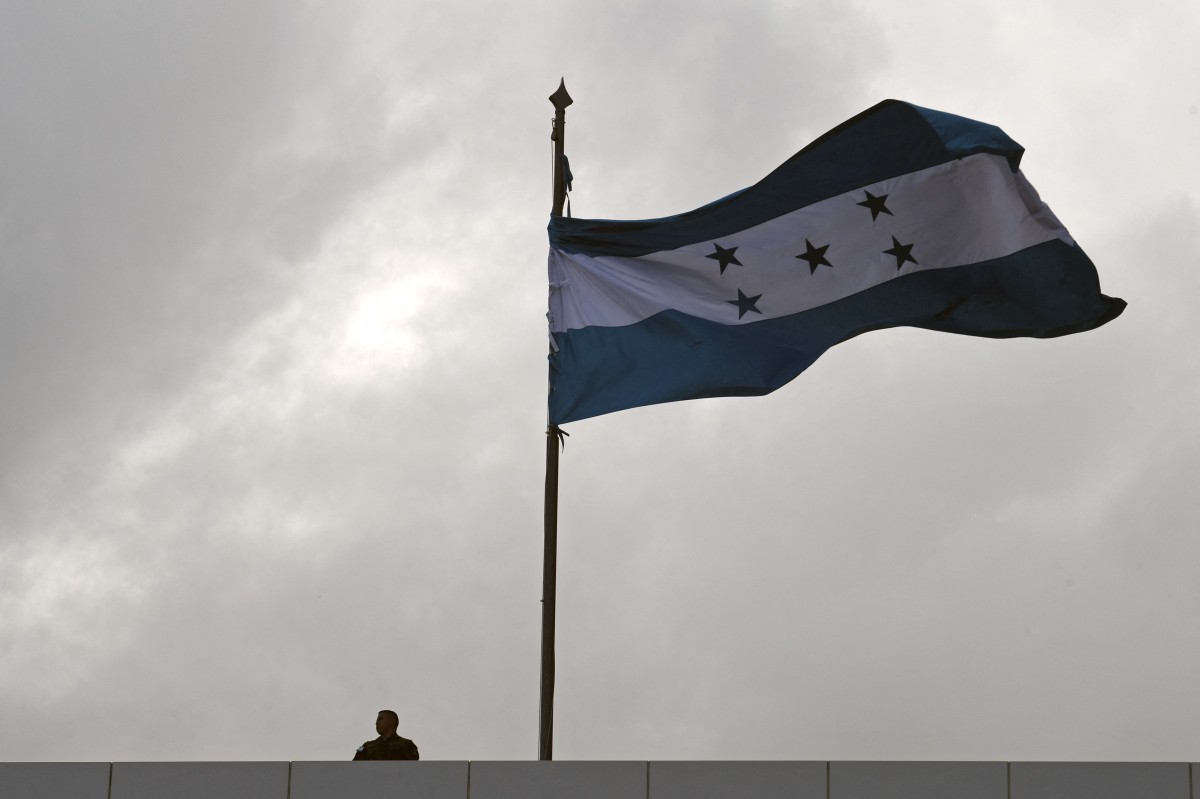
The future of Honduras’ diplomatic relations with China—or a possible reestablishment of ties with Taiwan—will hinge on the results of the presidential election taking place this Sunday, November 30. The ruling left-wing party is seeking to remain in power, while conservative parties aim to return to government.
If the ruling party’s candidate, Rixi Moncada of the Liberty and Refoundation (Libre) Party, secures victory, Honduras is expected to deepen its relationship with China. The country established formal diplomatic ties with Beijing in March 2023, cutting relations with Taiwan entirely under President Xiomara Castro.
However, the bilateral trade relationship with China has not yielded the expected benefits. Economic Development Minister Fredis Cerrato acknowledged that negotiating with Beijing has proven challenging. “We are proceeding with caution,” he said, referring to ongoing efforts to secure better conditions for Honduran exporters and business owners, who are demanding greater speed in technical agreements.
With Castro’s term ending in just two months, the long-anticipated free trade agreement with China has yet to be finalized. Despite this, Chinese companies have already secured multimillion-dollar contracts in infrastructure projects across the country, particularly in the energy sector.
Central America
Trump Pardons Former Honduran President Hernández and Warns of Aid Cuts Ahead of Election

On Friday, President Donald Trump granted a pardon to former Honduran President Juan Orlando Hernández — who was convicted on drug trafficking charges — and threatened to cut U.S. aid to the Central American nation if his preferred candidate loses Sunday’s presidential election.
Trump announced the pardon for Hernández, who is currently serving a 45-year prison sentence in the United States, through a post on social media.
In the same message, the former U.S. president voiced his support for Nasry Asfura, the candidate representing Hernández’s right-wing party in the Honduran elections.
“If he doesn’t win, the United States will not waste any more money, because the wrong leader can only bring catastrophic results to a country, no matter which one it is,” Trump wrote on his platform Truth Social.
Asfura, a 67-year-old construction magnate and former mayor of Honduras’s capital, is competing in a tight race against attorney Rixi Moncada of the ruling leftist Libre party and television host Salvador Nasralla of the right-leaning Liberal Party.
-

 Central America4 days ago
Central America4 days agoTrump Pardons Former Honduran President Hernández and Warns of Aid Cuts Ahead of Election
-
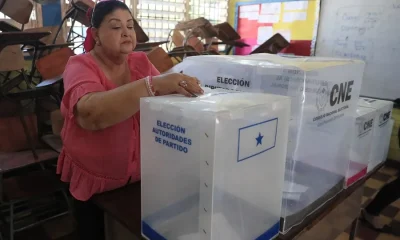
 Central America2 days ago
Central America2 days agoHonduras Extends Voting by One Hour Amid High Turnout, CNE Announces
-
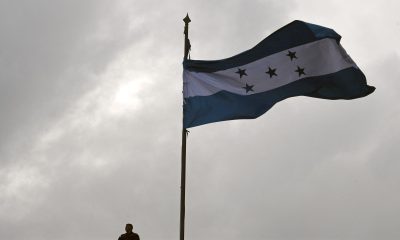
 Central America3 days ago
Central America3 days agoHonduras’ China–Taiwan Future Hinges on Sunday’s Presidential Election
-

 International2 days ago
International2 days agoHong Kong police arrest 13 over deadly high-rise fire that killed 151
-

 International4 days ago
International4 days agoMeta Says Russia Seeks to Ban WhatsApp for Defending Secure Communication
-
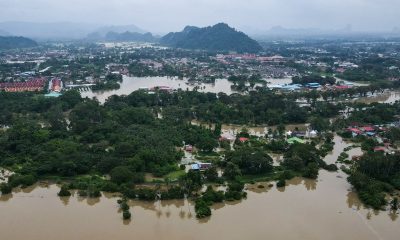
 International2 days ago
International2 days agoSri Lanka and Indonesia deploy military as deadly asian floods kill over 1,000
-

 International2 days ago
International2 days agoTrump says asylum decision freeze will remain in place “for a long time”
-

 International2 days ago
International2 days agoChile enters runoff campaign with Kast leading and Jara seeking a last-minute comeback
-

 International11 hours ago
International11 hours ago20,000 rounds stolen from german army after driver leaves cargo unattended
-

 International11 hours ago
International11 hours agoVenezuela authorizes return flights as U.S. continues deportations amid rising tensions
-

 International11 hours ago
International11 hours agoTrump convenes National Security Council as U.S.–Venezuela tensions intensify
-

 International11 hours ago
International11 hours agoEl Chapo’s son Joaquín Guzmán López pleads guilty to U.S. drug trafficking charges






























